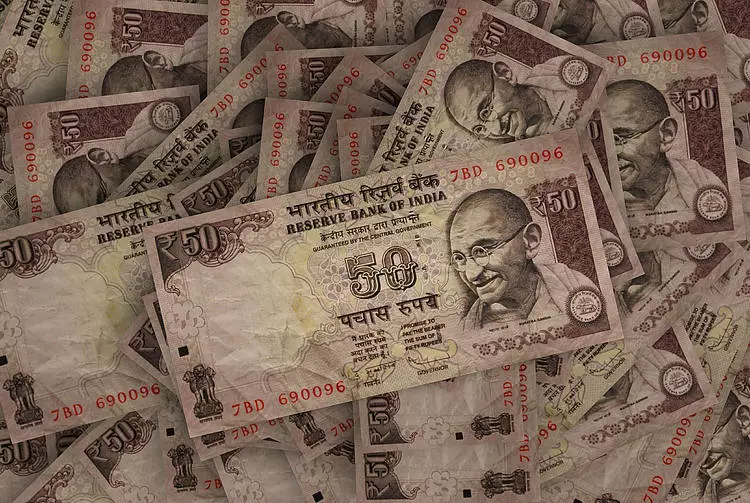In recent trading sessions, the Indian Rupee (INR) has experienced significant volatility, reflecting the broader economic uncertainties both domestically and internationally. As of Wednesday’s Asian market, the INR has shown a somewhat stable performance after hitting a record low the previous day. Despite this measured stabilization, the underlying pressures suggest that the currency may continue to face challenges. Factors such as unsatisfactory Gross Domestic Product (GDP) growth, ongoing foreign fund outflows, and a robust demand for the US dollar (USD) have contributed to the rupee’s troubles.
The Reserve Bank of India (RBI) has been actively intervening in foreign exchange markets to mitigate the rupee’s depreciation. The bank’s attempts to stabilize the currency typically involve selling dollars to support INR value, effectively limiting the extent of its decline. However, the effectiveness of these interventions is often tentative, depending greatly on overarching economic conditions rather than isolated measures.
India’s GDP growth has not met expectations, presenting a significant concern for market confidence. The slow economic expansion can deter foreign investment, thus enhancing downward pressure on the rupee. Investors are anticipating indicators such as the HSBC India Services Purchasing Managers Index (PMI), which is projected to show a slight improvement from previous months. If the PMI data reflects robust activity, it could revive some optimism regarding the Indian economy, potentially bolstering the rupee in the short term.
On the other hand, the ongoing strength of the USD poses a significant threat to the INR. As international markets react to various economic signals, including employment data from the U.S. (such as the recent increase in job openings), the dollar’s strength often leads to a detrimental impact on other currencies, particularly those of emerging economies like India. The recent comments from Federal Reserve officials regarding inflation and monetary policy adjustments also suggest that the global economic landscape is in a state of flux, which could further complicate the INR’s recovery.
The Indian Rupee is inherently sensitive to external variables, notably the prices of crude oil and fluctuations in foreign investment levels. Given India’s heavy reliance on imported oil, any price surges can lead to increased economic strain and a depreciating rupee. Moreover, the prospect of increased foreign investment can significantly affect the demand for INR, with a greater inflow usually strengthening the currency.
The RBI’s monetary policy plays a crucial role in shaping the rupee’s performance. By adjusting interest rates in line with inflation targets, the RBI aims to create a conducive environment for economic stability. The relationship between interest rates and the rupee’s value is governed by investor sentiment: higher rates can draw in foreign capital, bolstering the currency, whereas lower rates can result in the opposite effect.
Furthermore, the concept of a “carry trade” is relevant in understanding foreign investment influx. Investors often seek higher returns in economies with elevated interest rates, thus perpetuating demand for currencies linked to those nations. In this situation, India could potentially benefit from higher domestic rates, but that balance is delicate given the risk of increased inflation.
Sustained inflation often leads to a complicated scenario where higher prices might necessitate RBI rate hikes, thereby providing temporary strength to the rupee. However, if inflation outpaces that of other nations, it can lead to significant currency devaluation. This paradox illustrates the fine line monetary authorities must navigate in trying to boost economic activity while containing inflationary pressures.
Furthermore, the balance of trade is another critical determinant of the rupee’s health. A narrowing trade deficit—whereby imports decrease relative to exports—could enhance the rupee’s stability. However, consistent trade imbalances put additional pressure on the currency, making it imperative for policymakers to foster an export-friendly environment while addressing the challenges posed by import costs.
Given the complexities surrounding the Indian Rupee, the outlook remains cautiously optimistic, contingent on positive economic indicators and effective policy measures. As global economic dynamics evolve, so too will the rupee’s trajectory. For now, close monitoring of both domestic economic data and international developments will be crucial for investors and policymakers alike. It remains to be seen how the interplay between these factors will shape the future of the Indian currency. A constructive approach focusing on sustained economic growth, stable inflation, and effective monetary policy will be essential to bolster the rupee in the face of external uncertainties.

